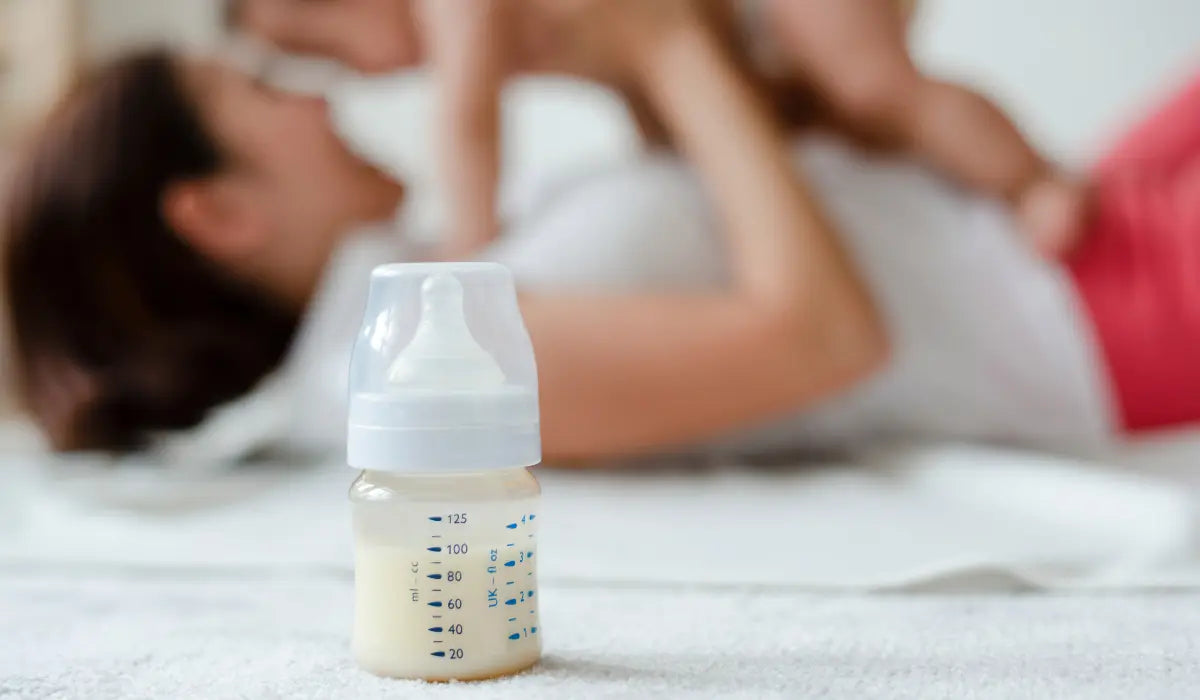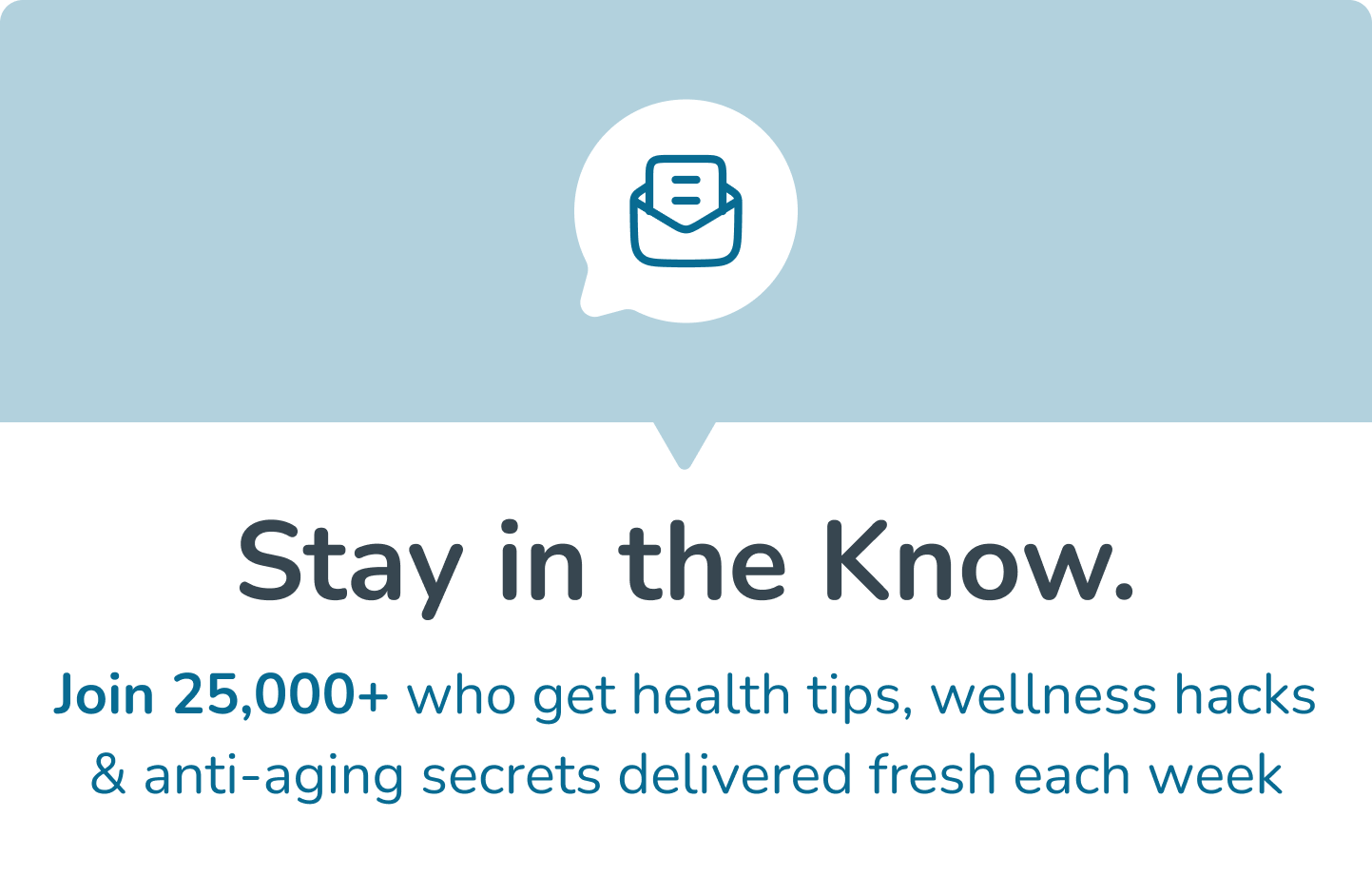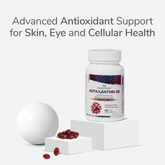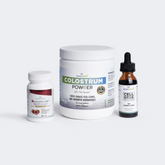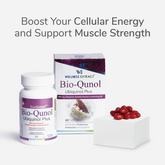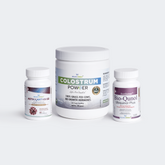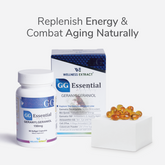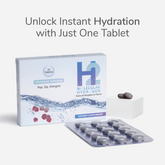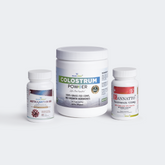Estimated Reading Time: 7 minutes
|Are you a new mom or about to become one? If so, you must be wondering how much colostrum does a newborn need. Well, we’re here to answer that. Plus, we’ll provide essential insights into colostrum - your baby’s first and most powerful nutrition source.
Colostrum is the first milk that you produce from your mammary glands after birth. Known by various names such as ‘first milk,’ ‘pre-milk,’ or ‘liquid gold,’ colostrum is the nutrient-rich milk that comes in before the actual breast milk appears. It is packed with essential nutrients, proteins, antibodies, and growth factors that help protect your baby and provide nourishment. This thick yellow milk is crucial for your baby’s first days of life as it supports their immune system, gut health, and overall development.
But how much colostrum your little one needs? Let’s explore!
Why is Colostrum Important?
When you’re expecting your child, your breasts are getting ready for the lactation process. So, don’t be surprised if you notice your breasts leak during pregnancy. You may see the signs as early as the second trimester.
Colostrum is the initial milk produced by mammals, including humans, immediately following the birth of a young one. This nutrient-rich fluid is usually clear or yellowish. It is secreted in small quantities during the first few days postpartum. Colostrum is densely packed with essential nutrients and bioactive components, antibodies, proteins, and growth factors that help strengthen a newborn’s immune system and support gut health.
Also Read: Benefits of Colostrum for Adults.
How is Colostrum Different from Transitional & Mature Breast Milk
As lactation progresses, colostrum turns into mature breast milk. Knowing the difference between colostrum and mature breast milk is crucial to understanding its importance for your child. There are three known stages of mother’s breast milk:
-
Colostrum: Lasts between 2 to 4 days after birth
-
Transitional milk: Starts about 4 days after birth and continues to appear for approximately 2 weeks
-
Mature breast milk: Begins from around 14 days after birth and continues until you keep lactating your child.
Read More: 3 Types of Breast Milk
Colostrum is produced in smaller amounts, and the quantity increases as the lactation progresses, aligning with the size of your child’s growing tummy. Mature breast milk contains higher fat and lactose levels to support ongoing growth and energy demands. On the other hand, colostrum is lower in fat and higher in immune-enhancing compounds such as lactoferrin and immunoglobulins (IgA, IgG, IgM). These protect your child against infections and help develop the baby’s digestive system.
It is thus essential that your newborn doesn’t miss this liquid gold. Now that you understand the importance of colostrum, let’s explore how much colostrum a newborn needs in those crucial days.
Also Read: Recipes for Busy Moms and Kids.
How Much Colostrum Does a Newborn Need? (Day-by-Day Breakdown)
Is my baby getting enough? It's common for new mothers to worry about milk supply. But you need not worry; you’re producing enough colostrum! The small volume of colostrum is sufficient for the newborn's needs in the initial days.
Knowing your newborn's feeding requirements can provide you with assurance during the early days of breastfeeding. Your sweet pea’s tiny tummy can hold only a small amount of milk and premature babies need even less. Here’s a day-by-day breakdown of how much colostrum does a newborn need:
-
Day 1 (Birth - 24 Hours): Your baby’s tummy is approximately the size of a marble and holds about 0.1-0.3 oz (5-7 ml) per feeding (1-2 teaspoons).
-
Day 2-3: The stomach size increases to about the size of a cherry, accommodating 0.5-1 oz (10-20 ml) per feeding. Colostrum production naturally increases to meet the growing demand.
-
Day 4-5: The size expands to resemble a walnut, with a capacity of 1-2 ounces (30-50 ml) per feeding. Mature milk production starts here, but colostrum continues to provide essential immune support.
Since you can't measure colostrum intake like with bottle-feeding, you may wonder how to tell if your baby is getting enough nourishment. The next section tells you what to look for!
Do All Babies Need the Same Amount of Colostrum? 🤔🍼❌ No! Every baby is unique! 👶 🔹 Birth Weight & Gestational Age Pre-mature & low birth weight babies may need extra colostrum for growth & immunity. Babies with jaundice or hypoglycemia may need closer monitoring & more colostrum. 🔹 Feeding Methods Some babies may need supplements, so always check with your healthcare provider. |
Is My Baby Getting Enough Colostrum?
If you’re breastfeeding, then it’s difficult to monitor the precise amounts of milk your baby is consuming, which is otherwise possible in the pumping and bottle-feeding process. However, certain signs and cues can help you learn adequate colostrum intake by your baby.
For instance, when you see or hear your baby swallowing, you know she’s filling her tummy. Mentioned below are a few other signs for your assistance:
-
Your baby feels content and relaxed on a full tummy.
-
Baby releases breasts on their own once they are full.
-
A cranky or alert baby may be a sign of insufficient eating.
-
Feel your breasts. You’ll observe them getting soft after feeding.
-
Observe the feeding frequency. A newborn typically nurses 8-12 times in 24 hours.
-
Your baby may have only one or two wet diapers in the first 24 hours. By days three to four, you should see at least three to four.
-
The initial stool will be thick and dark (meconium) and turn yellow, loose, and seedy by day five.
-
You may notice your child's weight. Normally, you can expect a weight gain of about 5.5-8.5 oz (155-240 grams) per week.
Do You Think You’re Not Producing Enough Colostrum?
It's very natural to have concerns about milk supply, and you’re not alone. However, remember that mothers produce colostrum in small and concentrated amounts. You may try a few tips if you still feel you’re not making enough for your child:
-
Skin-to-Skin Contact: Try skin-to-skin touch with your baby. This helps promote bonding and stimulate milk production.
-
Frequent Latching: Avoid long gaps between each feed. Frequent latching encourages the breasts to produce more milk.
-
Hand Expression: Believe it or not, expressing milk by hand can be more effective than pumping in the early days.
-
Hydration and Relaxation: Staying well-hydrated and managing stress supports lactation.
Why Skin-to-Skin Matters from Birth? ✔️ Stimulates prolactin → Boosts milk supply 📈 👨🍼 Dad Can Do It Too! ✔️ Reinforces father-baby bonding 🫂 💡 Start skin-to-skin early for a strong breastfeeding journey & deeper connection! |
When should you seek support for your child's colostrum intake?
If your baby is not gaining weight, has fewer than the expected number of wet diapers, or shows signs of dehydration (such as lethargy), it's essential to consult with a healthcare provider or a lactation consultant. They can assess your situation and guide you on improving breastfeeding techniques or addressing any underlying issues affecting milk production.
Frequently Asked Questions
Q1. How many drops of colostrum does a newborn need?
A newborn needs only an ounce of colostrum per day.
Q2. Can you express and store colostrum?
Yes, expressing and storing colostrum can be beneficial. Hand expression is often more effective than pumping during the colostrum phase. Stored colostrum is helpful for babies with latching difficulties, premature infants, or those with medical conditions.
Q3. Are there any storage guidelines for colostrum?
Storage Guidelines:
-
At room temperature (77°F or colder) for up to 4 hours
-
Refrigerator (40°F) for up to 4 days
-
Freezer (0°F or colder) for up to 12 months is acceptable. (Best used within 6 months)
Q4. Do you burp a newborn after colostrum?
Your newborn may not burp much after colostrum, so do not worry. But you should still try to burp them for about a minute after feeding.
Q5. Why is my baby still hungry after colostrum?
At times, you may feel that your baby is still hungry after having colostrum. But this is due to the growth spurt, meaning he’s growing more quickly and needs to be fed often. All you need to do is feed more. The more you feed, the more your breasts produce.
Disclaimer: This blog is for informational purposes only and does not provide medical advice. Always consult a healthcare professional before making changes to your diet or health routine. Individual results may vary.
References:
- Cleveland Clinic. Colostrum: What It Is, Benefits, and What to Expect. Cleveland Clinic, 21 Feb. 2022, https://my.clevelandclinic.org/health/body/22434-colostrum.
- Health Service Executive (HSE). “A Good Start: Your First Breast Milk or Colostrum.” HSE.ie, https://www2.hse.ie/babies-children/breastfeeding/a-good-start/your-first-breast-milk-or-colostrum/
- Colostrum and Preterm Babies: A Systematic Review.” PMC (National Institutes of Health), 2023, https://pmc.ncbi.nlm.nih.gov/articles/PMC10430891/
- Anti-Inflammatory and Anti-Allergic Properties of Colostrum.” Nutrients, vol. 15, no. 19, 2023, article 4249, https://www.mdpi.com/2072-6643/15/19/4249






